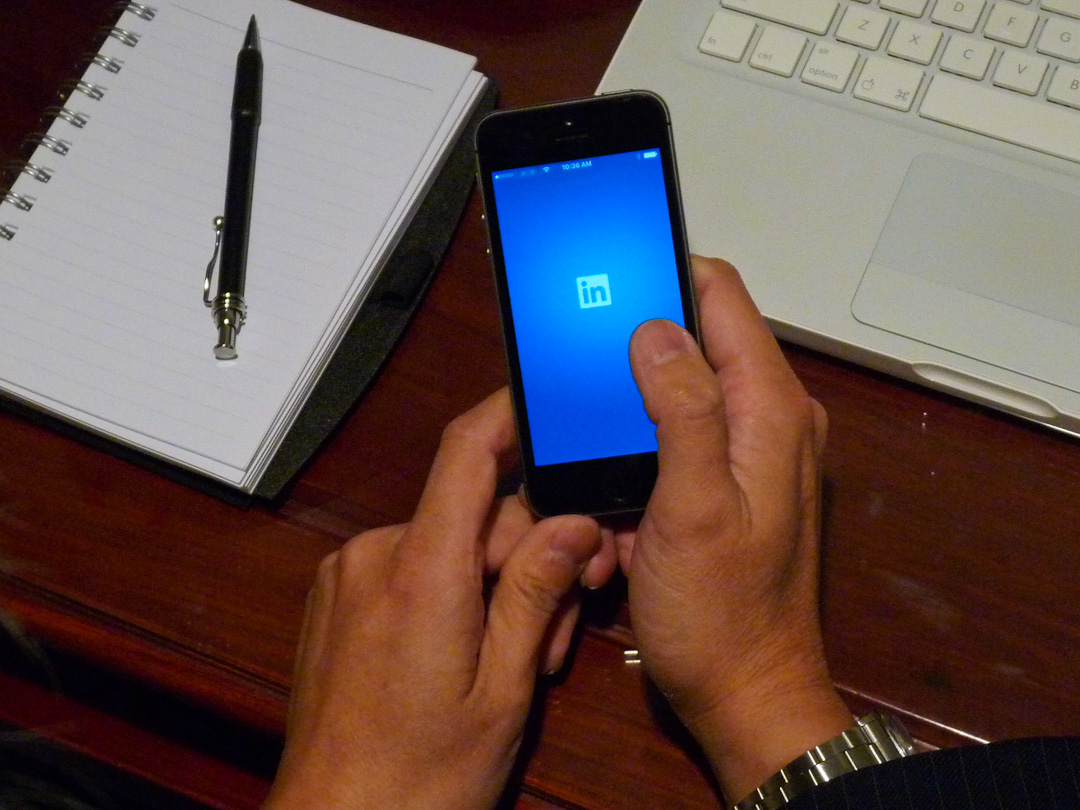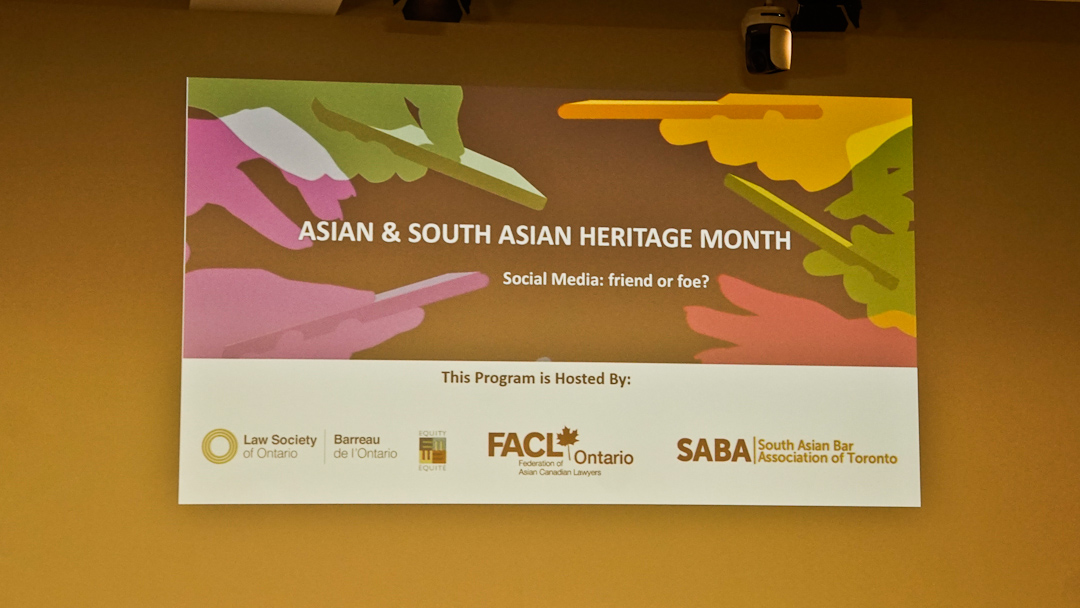
Be SMART When Using LinkedIn
I know of many lawyers who have a LinkedIn account. Some are more active on LinkedIn than others. Part of the reason for the low to non-existent usage is the view that LinkedIn is simply a job-searching platform (i.e. “I’m not looking for a job, so why should I use LinkedIn?”). This myopic view results in the loss of potential relationship-building opportunities. Those opportunities could have led to new contacts and matters.
Another reason for low usage is not having clear goals in using this valuable social networking platform. Some lawyers may be keen when they start using LinkedIn, but after accepting invitations to connect and scrolling through updates, they don’t see the purpose of LinkedIn. This mindset is reinforced if no new client matter arises.
To help set goals, you may want to use the SMART criteria. SMART is an acronym which originally stood for Specific, Measurable, Assignable, Realistic and Time-Based. Over the years, some of the letters have a different meaning, such as A for “Achievable” and R for “Relevant”.
Here is an example of how you can set a SMART goal in using LinkedIn:
1. Specific
Instead of, for example, saying, “I will use LinkedIn to see what my connections are up to,” be more specific in setting the reason for your use of LinkedIn.
Depending on how active your connections are on the platform, when you sign into LinkedIn you may see your connections accepting invitations to connect and liking updates from other users. You may think that a couple of the updates were interesting. Then you may sign out and not check LinkedIn again for days or weeks.
It would be more productive to set a purposeful and active goal. For example, you could say that you’re going to use LinkedIn to better understand the challenges your connections are facing in their industry by speaking with them.
2. Measurable
How often have you said that you will meet up with clients over coffee more? Without something to measure, you may end up speaking with only one person or no one at all. Your measurement could be the number of connections you will meet with.
3. Achievable
How are you going to achieve your goal? Your goal could be to extend a coffee invitation via a direct message, email or a call to at least x number of connections each month.
4. Realistic
If you have hundreds of connections, who will you contact? Sending a direct message to all of your connections is not realistic. For example, you could limit your meeting invitations to connections who work in a particular industry which forms the bulk of your practice.
By the way, someone did contact all of his LinkedIn connections. You can read about creative director/copywriter John Kovacevich’s New Year’s resolution in his long-form LinkedIn post “I wrote to all 1,109 of my LinkedIn contacts last year. Here’s what I learned.”
5. Time-based
When will you achieve your goal by? Without deadlines, non-billable activities tend to get pushed back. In the coffee meeting example, you could set an end date of when you will have your last coffee meeting by.
Set a SMART goal in your 2017 business plan for using LinkedIn. You will be more motivated to sign in knowing that you will be using it purposefully.
My mind is already churning with ideas on how you can use the information you gather from your meetings (if that is your SMART goal). Perhaps you’ve already incorporated that aspect into your SMART goal (e.g., create blog posts or a seminar addressing the challenges so the content would better resonate with your clients and help them) and are working on your next SMART goal to accomplish it!



